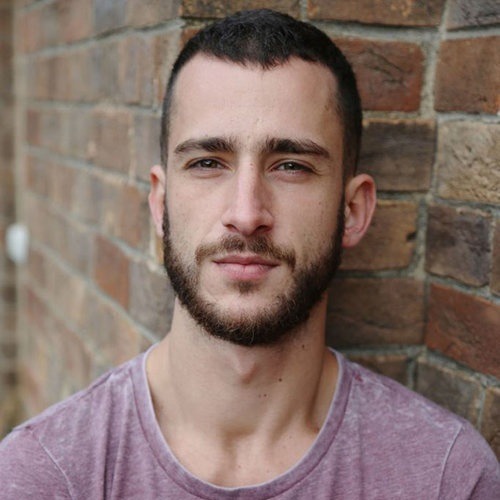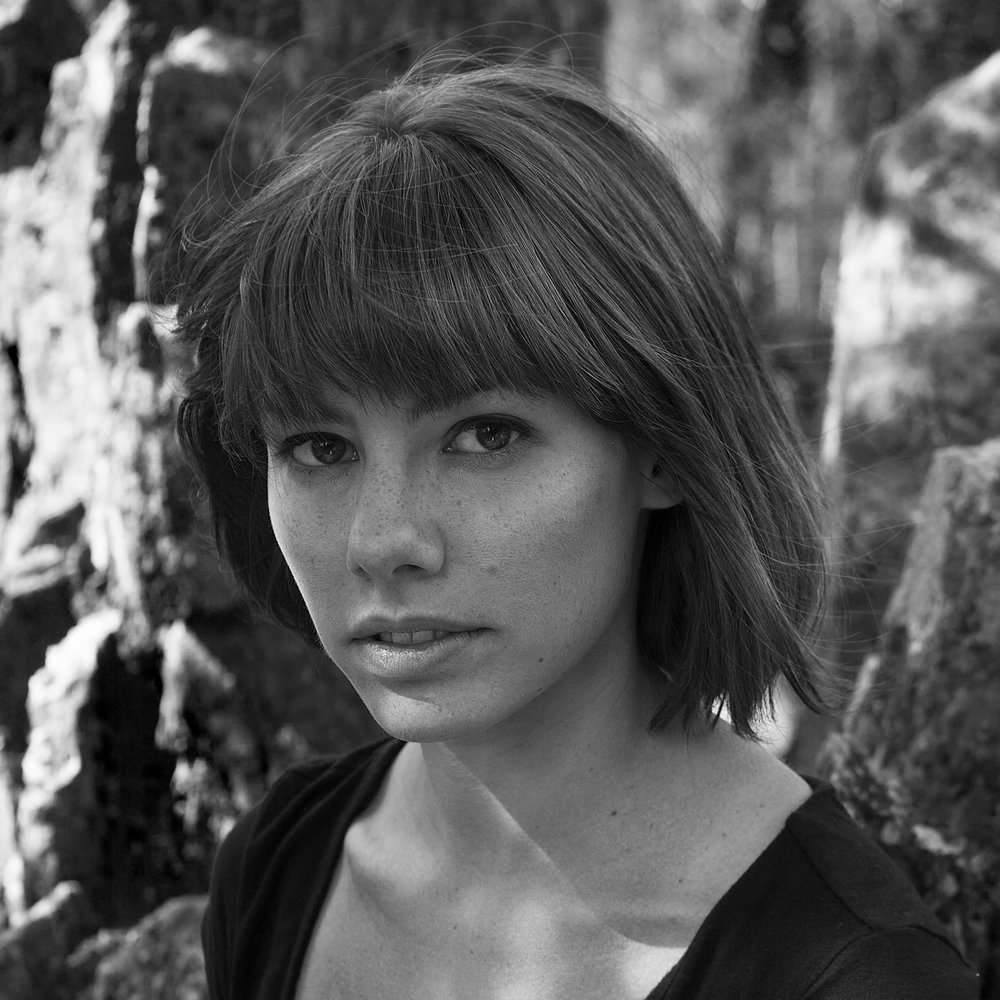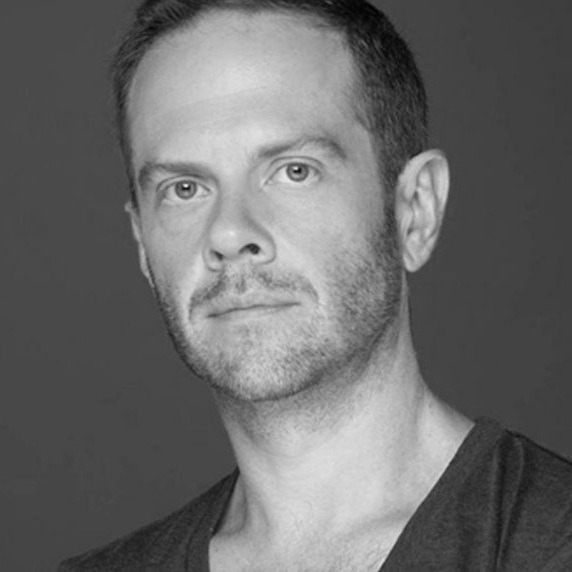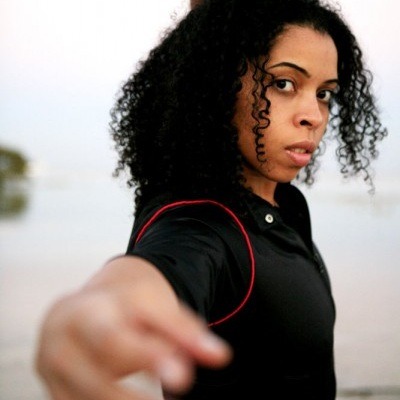Nashville Ballet
Blurring Ballet Lines: A Series of Moving Dialogues on Gender Identity and Stereotypes
Does movement imply gender? Do accepted norms impact freedom of self expression? Is creativity subconsciously limited by culturally-imposed stereotypes? These are the types of questions choreographers Carlos Pons Guerra, Erin Kouwe, Matthew Neenan, and Jennifer Archibald grappled with in Nashville Ballet’s production of “Attitude—Other Voices.” As cultures, expectations, and expressions shift over time, this type of artistic commentary uniquely provides a tangible interpretation of human struggle and progress.

“Private Balls,” choreographed by Carlos Pons Guerra, provided a wonderfully curious, yet poignant perspective on the desire to dance together, specifically with someone of the same gender. The piece portrayed countless elements of what desire looks and feels like, but no movements were depicted in an overtly sexual manner; rather, the array of emotionally charged gestures conjured feelings of incredible beauty, melancholy, longing, hesitation, relief, and wonder. With a variety of romantic and post-romantic pieces provided by the accomplished and sensitive Alessandra Volpi at the piano, the dancers portrayed an inspiringly non-traditional narrative against the underlying conventional ballet music.
Contributing to the personal-feeling storyline of the ballet was the enchanting, innocent voyeurism that attended the costume collection of the dancers. The all male-presenting cast of characters wore an eclectic collection of undergarments ranging from boxers, undershirts, vests, briefs, and dress socks, to long-sleeve silk shirts, gauzy tops, bow-ties, and cummerbunds. As each pair danced together, the language of movement exhibited an array of feelings between the couples: love, humor, passion, wistfulness, freedom, and security among others. As the narrative unfolded of one particular dancer facing his own desire to dance with another, the audience moved through the journey with him, experiencing the breadth of movement-invoked emotions along the way. Guerra’s choreography juxtaposes quaint charm with emotional gravitas, intimating out-of-reach experiences and emotions for an audience hungry for understanding.

Erin Kouwe’s “Auto Poet” elicited a much more philosophical response to gender roles, cast with all female-presenting dancers in a variety of pure white, androgenous apparel. Kouwe described the process behind the piece in her choreographer’s notes: “Our work began with individual hyperlogic: each dancer moving toward the desire of their own method of physical thinking. We pulled apart the threads of that logic, slowed it down, observed, and defined it in order to know the desire that made it. Does the desire embedded in our logic reveal any subtext about who we are? … The limitations feel at once arbitrary and powerful. Pulling apart the threads of limitation and desire led us into chaos and closeness.”
With insight into the cognitive origins of this piece, the choreography is immediately recognizable as a reflection of that process. To the untrained eye, movements are combined in such a way as to seem random yet matter-of-fact, focused yet chaotic, angular yet graceful, and pieced together in a strange yet beautiful way. Perhaps due to the movement choices, but also influenced by Louis York’s original music, the piece took on a sense of contemporary, authentic beauty, highlighting unrestrained expression in an intellectually provocative way. Kouwe’s compelling language of expression deconstructs boundaries, inspiring curiosity and awareness.

Matthew Neenan’s “There I Was,” with a lush yet minimal, emotionally integral score composed by Christina Spinei, was born out of the choreographer’s own experiences with loneliness. Highlighting a career spent surrounded by fellow dancers yet constantly feeling alone, Neenan captured the internal battles fought by questioning gender expression in the ballet world. With contemporary artwork by Vadis Turner suspended from the rafters above the stage and intriguing costuming providing stark contrast between vibrancy and shades of gray, Neenan’s large-scale choreography of a 25-person cast wove all elements together into a work of emotionally affecting grandeur.
Following the main character, portrayed by company member Brett Sjoblom, the audience was drawn into an emotionally-wrought journey of questioning, gender exploration, alienation, denial, torment, resolve, and recognition. Sjoblom’s interpretation and characterization of this role conveyed an intimate, passionate, and unlimited understanding of Neenan’s choreography, communicating emotional fervor in every step, bend, and gesture. The use of such a large cast added an incredible depth to the overarching message of the work, portraying a wide array of human experiences and emotions, banding together in the end en masse, seemingly seeking the same thing collectively: acceptance.

“Posters,” with choreography by Jennifer Archibald, original music by Louis York, and poetry by Caroline Randall Williams, served as a dialogue about womanhood and re-claiming feminine-associated stereotypes, characteristics, and experiences. Archibald notes about her creative process, “I have focused on the women, and the untold experiences that women may or may not choose to share. To take gendered norms and re-conceptualize, reclaim and subvert them in ways that are active, self-governed choices is empowering.”
Beginning with all black, simplistic costuming, male and female-portrayed dancers interacted in smaller groups of twos and threes, enacting experiences in which the women’s actions were dictated, expectations were set, or specific reactions were assumed. Archibald’s choreography reflected each female figure’s internal struggle, movements suddenly shifting from compliance to conflict and back, jarring the audience’s understanding of each interaction. With Louis York’s songs titled “Raging Bull” and “You and I,” a sense of uncomfortable unrest began to build, eventually arriving at a passionately charged dialogue reflecting the relationships on the stage.
With intermittent spoken word by Williams, the music continued to grow, swelling with up-beat, soulful, world-inspired sound as dancers one by one appeared in a new black and yellow costume and a brightened outlook, changing the narrative to one of empowerment and joy. Each couple now moved with equal intention, seeming to support the other without any expectation, definition, or assumption. Louis York’s song “Posters” embodied the message Archibald chose to champion in the piece, defying all cultural impositions and seeking to redefine womanhood in whatever shape it chose to take. As the final work and program came to a close, the audience responded overwhelmingly with genuinely appreciative applause and a standing ovation, smiles inspired on faces and hope instilled in hearts. Nashville Ballet’s decision to commission new ballets on such a culturally relevant theme was a timely and exceptionally welcome one, continuing to cultivate an audience eager for inspiration and artistic commentary for an ever-changing world.



